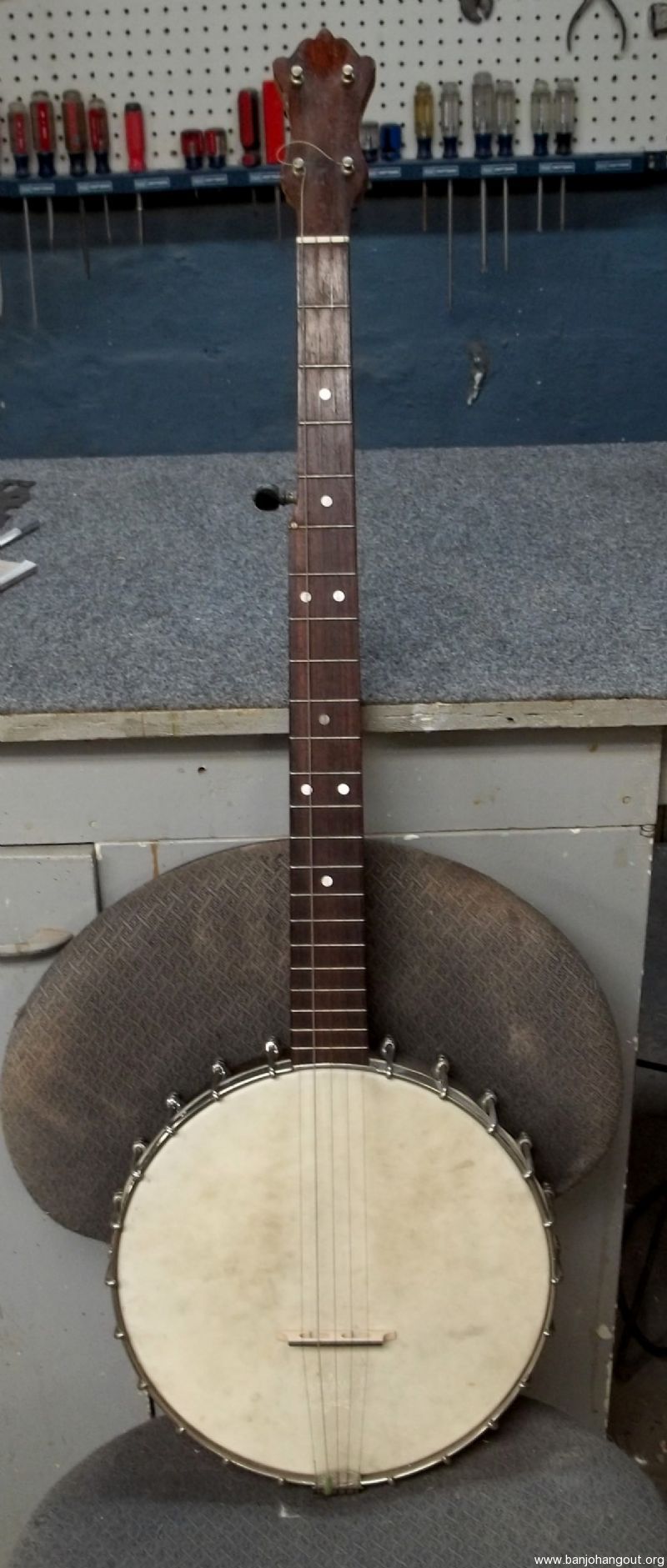- Lyon And Healy Banjo Information
- Lyon And Healy Banjo Information Group
- Lyon & Healy Banjo Value
- Lyon Healy Violin Value
Lyon and Healy is a musical instrument manufacturer that still operates in Chicago. Formed in 1864, Lyon and Healy opened a factory at Randolph and Ogden in 1890 that is still operation.
Known for their harps, they have also at times made guitars, banjos, pianos, and other musical instruments.24 In 1913, the factory depicted on the postcard was opened (designed by Hyland and Green). Located on Fullerton just west of Pulaski (then Crawford), along the Milwaukee Road line, the factory included a station along the railroad named after the complex; the station is still called Healy to this day.25
From the hallowed halls of the New York Philharmonic to the Bolshoi Ballet, Lyon & Healy Harps is acclaimed throughout the world for its remarkable depth and clarity of sound, breathtaking designs, and rich heritage of quality craftsmanship. With 130 years of harpmaking experience, each hand-crafted pedal and lever harp is instilled with a legacy of superior woodcrafting and commitment to the development. Lyon & Healy Guitar Identify the names of banjo makers from the golden age of the banjo. These makers include Slingerland, Lyon & Healy, and Stromberg-Voisinet (became Groeschl Company in 1890), Buckbee, Rettberg & Lange and J.
The Lyon and Healy factory on Fullerton did not remain in operation for long; by the 1930s, it was home to the Mills Novelty Company, a noted coin-operated machine manufacturer.26 The usual model of industrial de-concentration would suggest that the company would have closed their original factory on the Near West Side and made the Fullerton location their main operation. In actuality, the Fullerton operation did not last twenty years, and the firm’s 100+ year old Near West Side factory still remains in operation to this day! This serves to demonstrate that there are often prominent exceptions to any theoretical model.

Lyon And Healy Banjo Information
The factory remains in good condition today (aside from its window treatments), and is used as a public storage facility. Various additions to the site were made over the years, as the buildings that comprise the site today are larger and more numerous than those depicted in the postcard.
Identifying Unmarked Banjos
Lyon And Healy Banjo Information Group
Many banjo manufacturers, in addition to making banjos under their own names, made unmarked banjos for others to sell as well. In some cases, teachers would purchase these instruments and put their own names on them, but in many other cases they carry no identifying name at all. It’s difficult to positively identify the manufacturer of these banjos in many cases, but some identify themselves through common hardware and design characteristics. Another useful set of identifying characteristics can be found at http://www.mugwumps.com.

Buckbee (1861-1897) banjos can frequently be identified by their peghead shape. Banjos with pegheads like that shown in the first picture below are usually made by Buckbee.
Rettberg & Lange (1898-1920) banjos were initially similar to Buckbee-made banjos, not surprising since they bought out the Buckbee factory in 1898. Most of their later banjos had elite tailpieces, Orpheum-like hardware, and long, thin heel footprints as shown below in the second row of pictures:

J. B. Schall (1878-1907) manufactured many unmarked banjos for teachers who sold them to students, some of which are tagged with the name of the teacher or distributor. Schall hardware is pretty unique and the fifth string peg perch is typically carved out from the side of the neck as shown in the third row of pictures below:

Lyon & Healy Banjo Value
Lyon & Healy (1864-1940) made many grades of banjos in many styles, and many were left unmarked. Lyon & Healy routinely used talon or patent 1897 tailpieces (see fourth row of pictures below) on many of their unmarked banjos, and their better-grade offerings frequently had notched, rather than grooved stretcher bands even in the early 1890’s. The Lyon & Healy peghead shape used on most of their better banjos is also distinctive, with a small additional bump on either side of the top of the peghead (see last set of pictures below).
.
Lyon Healy Violin Value
